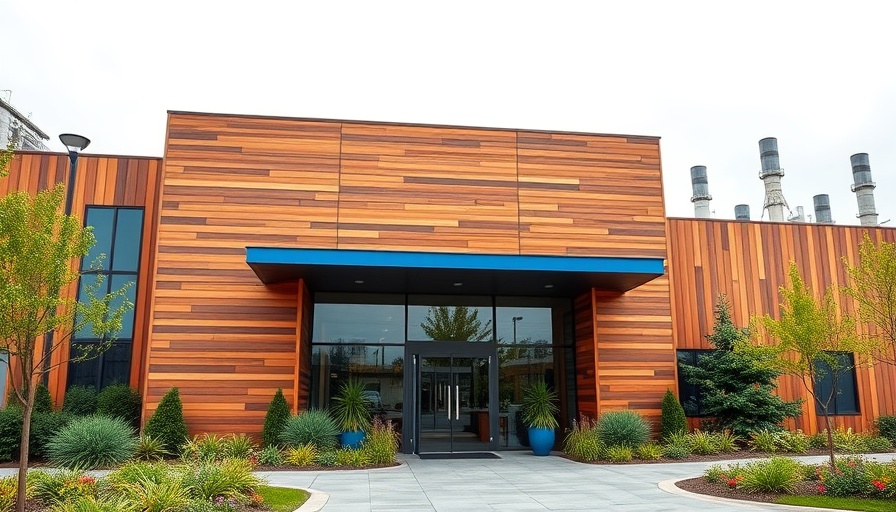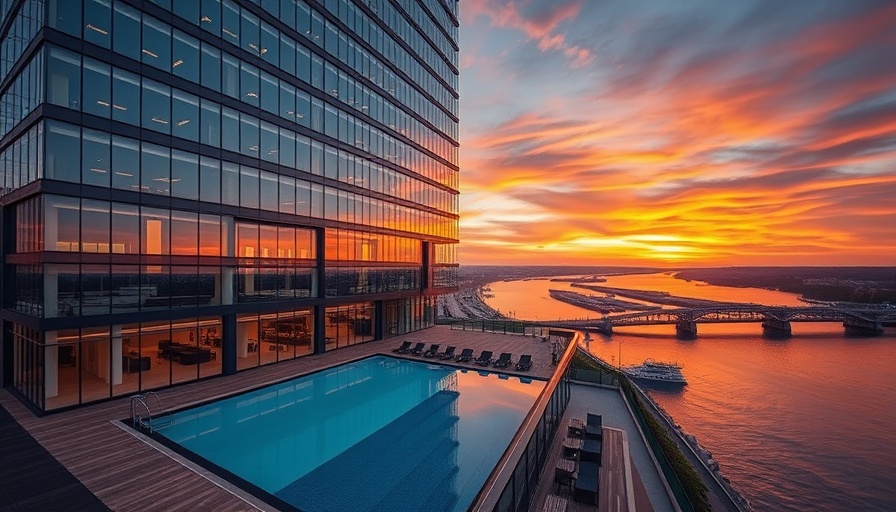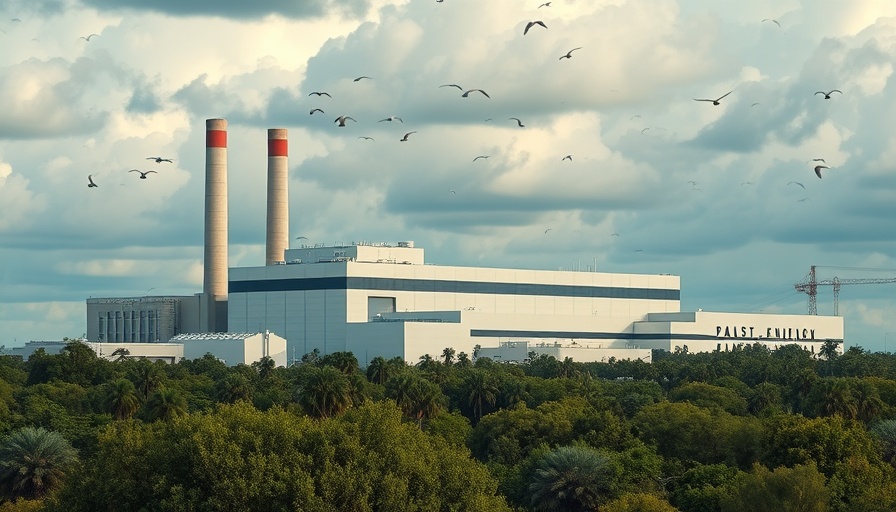
Amazon's Ambitious Leap into Sustainable Logistics
Amazon's latest endeavor in Elkhart, Indiana, is not just about delivering packages but pioneering a sustainable future. The new delivery facility, primarily built with mass timber—a low-carbon alternative to traditional building materials—offers a glimpse into the potential of green construction within the logistics sector. This strategic move aligns with Amazon's commitment to reach net-zero carbon emissions by 2040, a target that necessitates significant reductions across its expansive operations, which contribute substantially to global greenhouse gas emissions.
Building a Better Tomorrow with Mass Timber
Designed as a "sustainability lab," Amazon's DII5 facility serves as a testing ground for over 40 sustainability initiatives. Unlike conventional warehouses that rely heavily on carbon-intensive materials like concrete and steel, mass timber construction boasts a remarkable ability to significantly reduce embodied carbon emissions—studies suggest up to 75% less than traditional building techniques. This shift is crucial given that buildings account for approximately 40% of the world's greenhouse gas emissions, according to the Carbon Leadership Forum.
Insights from Industry Leaders
Industry experts are keenly observing this pivotal shift. As noted by sustainable construction analyst Sarah Chen, Amazon's infrastructure decisions often become industry standards, given their sheer scale. If successful, this facility could not only reshape how logistics are built but could also encourage the broader adoption of mass timber across various sectors. As noted by Kara Hurst, Amazon’s Chief Sustainability Officer, initiatives like these demonstrate that sustainability can be integrated without compromising operational efficiency, a message that resonates deeply in today's environmentally-conscious market.
Innovative Strategies Under One Roof
The Elkhart facility implements a variety of innovative technologies aimed at enhancing sustainability. With features such as rainwater recycling for restroom use, electric vehicle charging stations, and sustainable landscaping that introduces biodiversity through local plant species, it offers a comprehensive strategy for resource conservation. Each of these design elements not only works towards reducing the building's carbon footprint but also signals a commitment to more responsible environmental practices.
Challenges and Future Implications
However, the journey toward sustainable logistics is not devoid of challenges. Amazon's model will need to prove its effectiveness in terms of operational efficiency and cost-effectiveness. This requires a careful balancing act: any new initiatives that significantly slow package throughput or increase costs could face resistance within Amazon's operational framework. Over the next 18 months, the performance metrics collected from the DII5 facility will be crucial in determining whether these strategies will be rolled out across Amazon's vast network.
Conclusion: A Call to Action for the Construction Industry
As Amazon sets this ambitious agenda, the construction industry must take note—sustainability is not merely an ideal but a pressing necessity. Companies are encouraged to emulate Amazon's proactive approach by exploring how innovative construction techniques can contribute meaningfully to climate initiatives. Collaboration and creativity will be key in driving the sector towards greener practices, ensuring that sustainability becomes the cornerstone of future construction efforts. Embracing these strategies can not only benefit individual businesses but also contribute to a healthier planet, in keeping with the increasing expectations of consumers and stakeholders alike.
 Add Row
Add Row  Add
Add 




Write A Comment